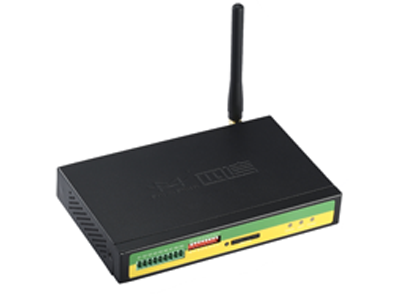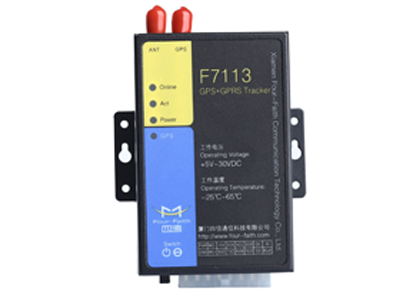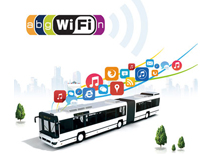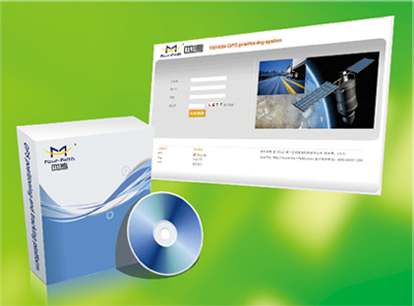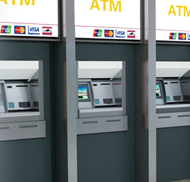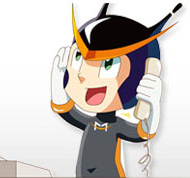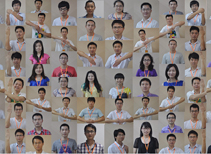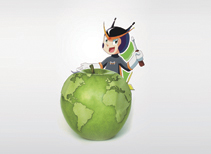
The benefits of machine-to-machine communication are visible in increasingly more areas of the economy and of life. M2M technology and the connected devices can also make a difference when looking after those who need extra help, such as children and elderly people.
The aging population is an irreversible and worldwide phenomenon which is generating a large demand for health and care workers, as well as for homes suitable for the care of the elderly. In a future not so far away, this demand will be critical.
Fortunately, M2M technology can facilitate this assistance to a large extent, with the additional benefit of not overly interfering in the daily life of the elderly. In fact, in some cases it can help them to regain a certain degree of independence and well-being, whilst providing peace of mind for their families.
Thus, amongst the simplest solutions, we find monitoring and GPS devices, which are small enough to be worn on the wrist or carried in a pocket. They allow families to be constantly aware of the location and condition of their elderly relatives, without them feeling like they are being observed.
The majority of these devices allow real time monitoring of the person’s location, but in addition they are fitted with a panic button and various types of alerts.
They send notifications in the event of detecting, for example, the crossing of certain geographical limits, or of noting an unusual increase in speed, which could indicate that the person is driving or has taken some form of transport.
Supporting active aging
M2M technology can also provide support for the elderly within their own homes. Through the smart home solutions and smart building, it is possible to provide a safer and more comfortable environment – with intelligent heating, lighting and security systems, where they can live independently for longer.
In addition, through the “assisted living systems” that are being developed, with sensors and cameras, the families of the elderly could supervise, in real time, the activities undertaken by those who live alone or are alone part of the day. It would therefore be possible to quickly detect and react in critical situations, such as possible accidents or falls, unusual movements –e.g. going out at night or not moving from the bedroom at the usual time–, as well as to monitor important actions, like the taking of medication.
Investigations in the European Union are looking to promote a more active aging through “ambient assisted-living technology”. One of the most interesting of recent projects on the subject is the “Mainstreaming on ambient intelligence” (MonAMI).
Coordinated by the Swedish Institute of Assistive Technology, the MonAMI project gave an intelligent ambient to over 80 elderly people who live alone or in care homes in Spain, Slovakia and Sweden. This initiative has thus allowed them to appreciate the benefits of M2M technology through applications, not only regarding health, but also comfort (home control, personalised communication, activity planning) and security (safety at home, visitor validation, activity detection).



